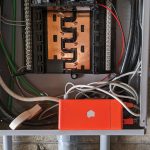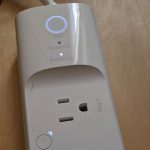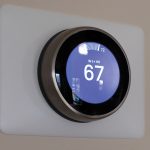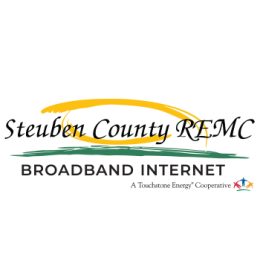This holiday season you’ll probably see lots of advertising for “smart” home this and “smart” home that. Commercials will highlight gadgets that make your life better because they make your home so dang smart. Rather than make promises about how “smart” these devices are, let’s talk about how they can be more helpful in your home.

Home Energy Monitors — These devices come in two different types. Both types of home energy monitors provide you with helpful information about how your home is using electricity, though there are unique advantages and challenges to each.
One kind monitors each circuit of your home’s circuit breaker box to tell you how much electricity is used at each circuit. SiteSage is an example of that type of monitor. Circuit level devices are often a more expensive kind of sensor, but if your circuit breaker box is well-labeled you can quickly see how much even the tricky appliances are using. The downside is that if there are several small appliances plugged into the same circuit. Those circuit level monitors are not able to separate those smaller loads.
The other type uses electric harmonics and machine learning to detect appliance patterns to “learn” what devices are using electricity in your home. The Sense home energy monitor is an example of that type. The devices powered by machine learning are usually more affordable, and have been on the market long enough that they can identify many common appliances fairly quickly. Monitors using electric harmonics can struggle with some appliances, making it a challenge for the monitor to ever “see” those appliances.

Wi-Fi Outlets & Power Strips — Wi-Fi outlets are a way to help a Sense-style energy monitor “see” the electric use of those tricky appliances and vampire loads running all the time. Some, like Kasa and Wemo, work with some energy monitors to let you tell the monitor exactly what is plugged into the smart plug. The energy monitor then knows that information, and will be able to share it with you as well.

Wi-Fi Thermostats — Wi-Fi thermostats are a proven technology. Nest, Ecobee, and Honeywell offer Wi-Fi thermostats you’ve probably seen advertised.
Unlike programmable thermostats that came before them, these Wi-Fi thermostats are much easier to set up a schedule or adjust on the fly. Some models utilize machine learning to figure out how deep of a setback your home can handle to maximize energy savings. Similarly, some have a “Max Savings” setting that will turn the heat pump on before the scheduled time to prevent the heat pump’s auxiliary heat from energizing, maximizing heat coming from the more efficient and affordable heat pump.
Any of these devices will be helpful in making you smarter about your home — because you should be the smart one, not the gadgets plugged into your home. For more energy-saving tips and advice, contact your local electric co-op’s energy advisor or visit
PowerMoves.com.



